Rank Species | Genus Leonurus Higher classification Leonurus | |
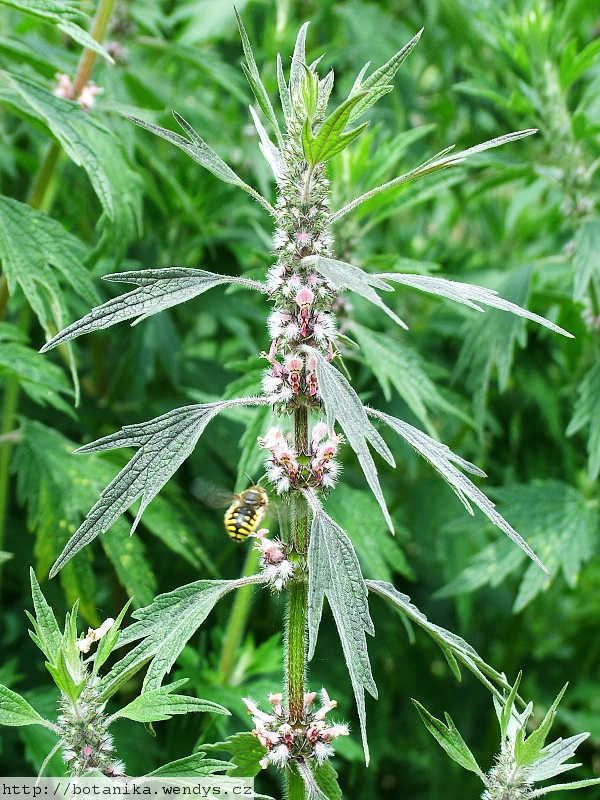 | ||
Similar Leonurus, Stachys officinalis, Valerian, White horehound, Elecampane | ||
Leonurus cardiaca american motherwort
Leonurus cardiaca, known as motherwort, is an herbaceous perennial plant in the mint family, Lamiaceae. Other common names include throw-wort, lion's ear, and lion's tail. Lion's tail also being a common name for Leonotis leonurus, and lion's ear, a common name for Leonotis nepetifolia. Originally from Central Asia and southeastern Europe, it is now found worldwide, spread largely due to its use as a herbal remedy.
Contents
- Leonurus cardiaca american motherwort
- Description
- Distribution and habitat
- Traditional medicinal uses
- Chemistry
- References
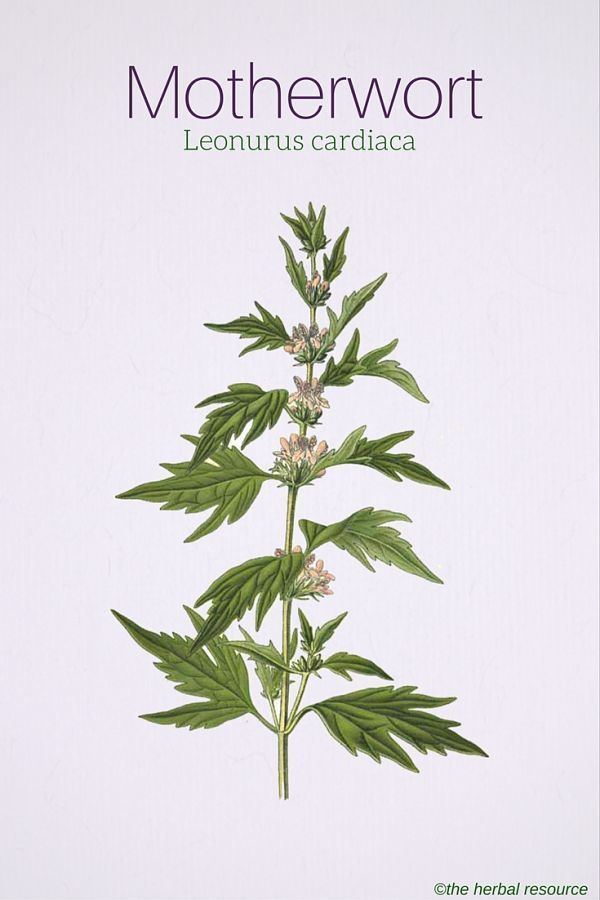
Description

Leonurus cardiaca has a squarish stem which is clad in short hairs and is often purplish, especially near the nodes. The opposite leaves have serrated margins and are palmately lobed with long petioles; basal leaves are wedge shaped with three points while the upper leaves have five. They are slightly hairy above and greyish beneath. Flowers appear in leaf axils on the upper part of the plant and have three-lobed bracts. The calyx of each flower is bell-shaped and has five lobes. The corolla is irregular, 8 to 12 mm (0.3 to 0.5 in) long, fused, long-tubed with two lips. The upper lip is convex and covered with white hairs and the lower lip is three-lobed and downward-curving and spotted with red. The flowers are pink to lilac in colour often with furry lower lips. There are four stamens, two short and two longer, and the fruit is a four-chambered schizocarp. The plant grows to about 60 to 100 cm (24 to 39 in) in height and blooms during July and August.
Distribution and habitat
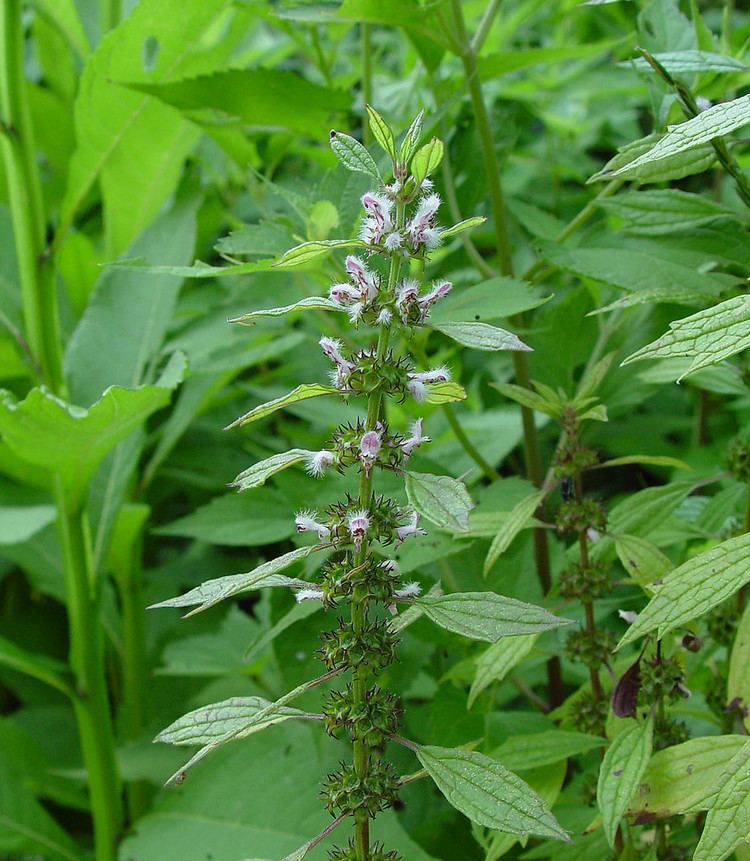
Motherwort is probably native to the southeastern part of Europe and central Asia where it has been cultivated since ancient times. Its natural habitat is beside roadsides, in vacant fields, waste ground, rubbish dumps and other disturbed areas. This plant prefers well drained soil and a partly shady location. Introduced to North America as a bee foraging plant and to attract bumble bees, this perennial herb is now considered invasive. It is hardy in USDA climate zones 4–8.
Traditional medicinal uses

Motherwort has a long history of use as an herb in traditional medicine in Central Europe, Asia, and North America. Like many other plants, it has been used for a variety of ills. Midwives used it for a variety of purposes, including uterine tonic and prevention of uterine infection in women, hence the name Motherwort.
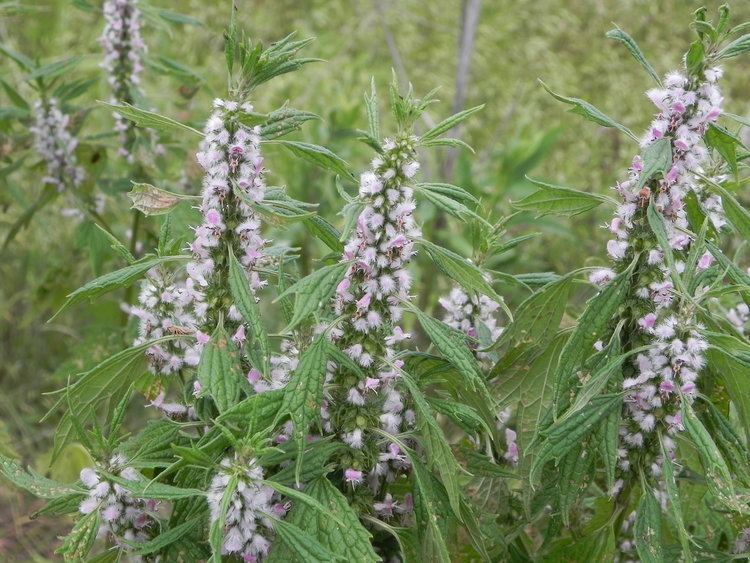
It was historically used in China to prevent pregnancy and to regulate menstruation. Motherwort has also been used to ease stomach gas and cramping, menopausal problems, and insomnia.
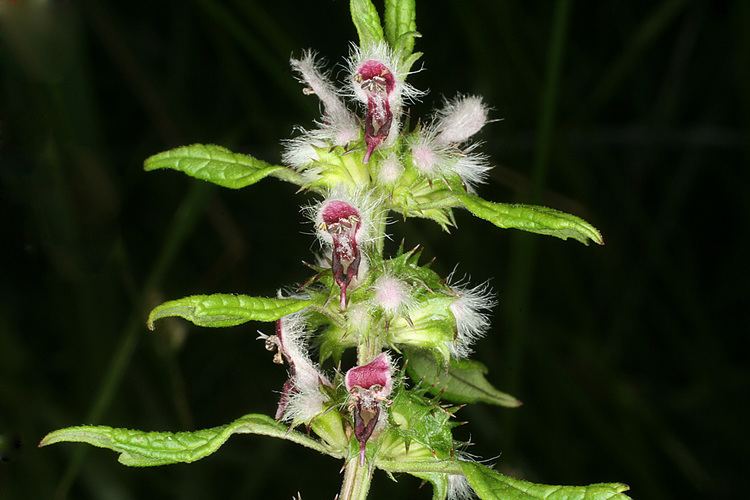
According to Tierra, the traditional Chinese medicine energy and flavors are bitter, spicy, and slightly cold, and the systems affected are the pericardium and liver. The fresh or dried leaves, which are called yìmǔcǎo (益母草), are used and the recommended dosage is the standard infusion of one ounce herb to one pint boiling water, 2–6 ml (0.068–0.203 US fl oz) of 1 in 5 tincture or 2–4 ml (0.068–0.135 US fl oz) of 1:1 fluid extract, either in 25% ethanol, three times daily. Yìmǔcǎo is believed to enter the bladder, heart, and liver meridians.
Chemistry
The herb contains the alkaloid leonurine. Among other chemical constituents, it also contains stachydrine, bitter iridoid glycosides (leonuride), diterpinoids, flavonoids (including rutin and quercetin), tannins, volatile oils, and vitamin A.
